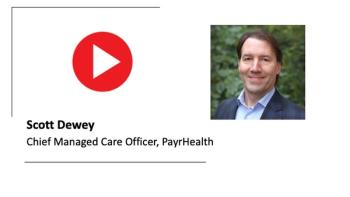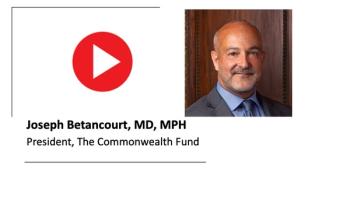
David B. MacIsaac, DO, knew he had to get out of the traditional fee-for-service hampster wheel, and noticed how the number of independent practices in his area were dwindling.

David B. MacIsaac, DO, knew he had to get out of the traditional fee-for-service hampster wheel, and noticed how the number of independent practices in his area were dwindling.

Answers to frequently asked questions about concierge medicine with Terry Bauer, CEO of Specialdocs.

Negotiating with payers can be a complex and confusing process. Here's what you need to know to get the best contract possible.

What you need to know when negotiating a value-based care contract.

Payers will often try to put an ability to unilaterally amend a contract at any time. This is something that should be avoided at all costs.

Can you negotiate the need for prior authorizations completely out of your contract?

How much negotiating power do independent practices really have - and what should you do if offered a contract with a take-it-or-leave-it ultimatum?

When you should start preparing for negotiations and what the best contract length is for you.

How to prepare for a contract negotiation with a payer.

Food Research & Action Center (FRAC) Director of WIC and Root Causes discusses integrating federal nutrition programs into health care.

Physicians Advocacy Institute CEO discusses consolidation in health care.

Physicians Advocacy Institute CEO discusses consolidation in health care.

Physicians Advocacy Institute CEO discusses consolidation in health care.

Physicians Advocacy Institute CEO discusses consolidation in health care.

Physicians Advocacy Institute CEO discusses consolidation in health care.

Physicians Advocacy Institute CEO discusses consolidation in health care.

Physicians Advocacy Institute CEO discusses consolidation in health care.

Physicians Advocacy Institute CEO discusses consolidation in health care.

Physicians Advocacy Institute CEO discusses consolidation in health care.

CEO discusses consolidation in health care.

As the health care market consolidates, what should an independent physician do?

Does consolidation in health care result in better pay or less administrative burden for physicians?

What impact has health care consolidation had on patient access to care and the continuity of care?

Major retailers tried to remake health care, but most have already abandoned their attempts. Will these setbacks deter other corporations and private equity firms from continuing to consolidate health care?

Can independent physicians survive in a market where consolidation is taking place all around them?

Is consolidation in health care living up to the promises to doctors and patients?

Congress needs physician expertise.

Repealing won’t happen, but reforms could.

Some health care policies and programs are antiquated.

Lawmakers understand the PA problems.